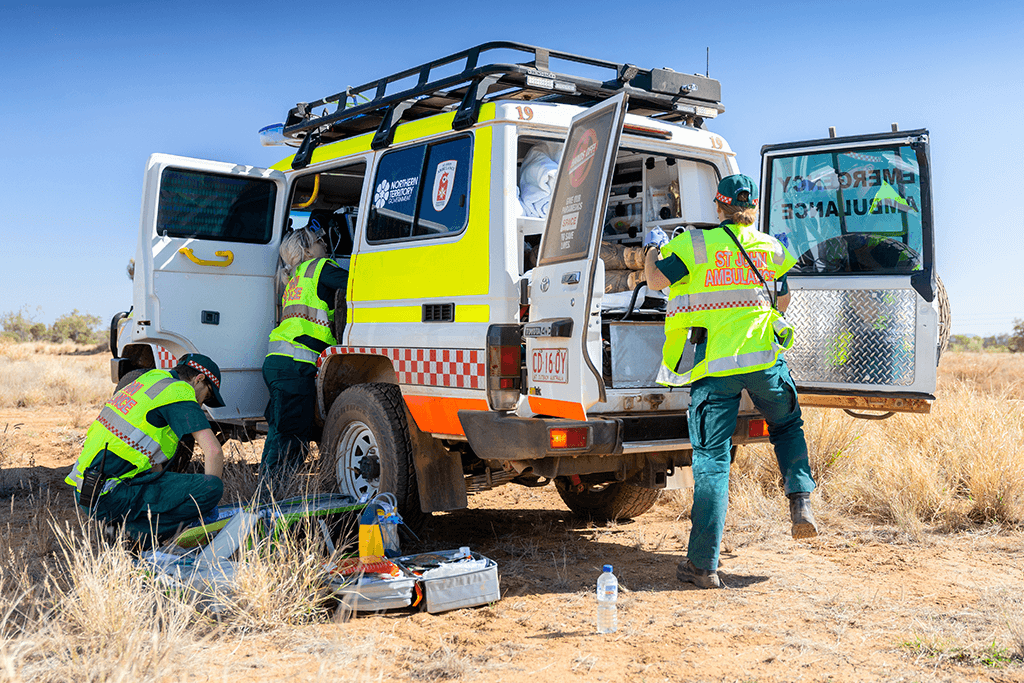ST JOHN NT
NEWSROOM
Stay up-to-date with what’s happening around our organisation, and drop us a line if you want to contribute!
For all media enquiries please contact media@stjohnnt.asn.au

Stay up-to-date with what’s happening around our organisation, and drop us a line if you want to contribute!
For all media enquiries please contact media@stjohnnt.asn.au


The Northern Territory is a playground for anyone interested in fishing, hiking or camping, and for tourists and locals alike it’s a jackpot when it comes to nature and adventures.
With wonders like Kakadu National Park, Kathrine Hot Springs, Corroboree Rock Reserve and of course the splendour of Uluru, there's plenty of opportunities for a fun day out with friends or family.
Any Territory local would tell you the first and most important thing to pack is water. With temperatures reaching 35-40 degrees it is vital that you supply yourself with adequate amounts of water.
When the human body is exposed to high temperatures, usually as a result of prolonged exposure or physical exertion the body can begin to experience heat-related injuries such as dehydration, heat exhaustion and heat stroke.
Heatstroke is a potentially life threatening condition where the body is no longer able to regulate its temperature - the internal body temperature rises and can cause organ damage. In some cases, heatstroke can cause a casualty to faint or become unconscious which can be very dangerous if hiking in a remote area.
Likely signs of heat-related injuries include symptoms like feeling hot, sweaty and beathless. Patients can also be hot and dry if sweating has stopped. Other gradual signs may include feeling hot, exhausted, weak and fatigued, high body temperature, nausea, rapid weak pulse, poor muscle control, dizziness and decreasing levels of consciousness, confusion or seizures.
Managing heatstroke is as follows:
First aid tips supplied by First Aid Trainer Trainee Samantha Green.
Copyright © All rights reserved | St John Ambulance Australia (NT) Inc.